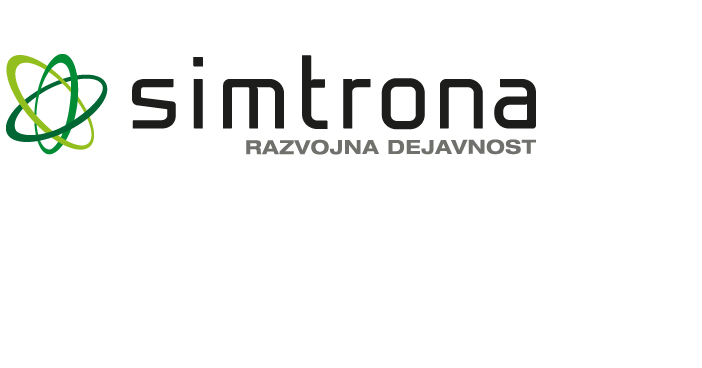[duration of the project: beginnig 1/6/2023 end 31/5/2027]

The European SINTETIC project was born from the need to counter the growing trend of deforestation and is developed within the framework of the EU regulation recently adopted precisely to combat it. From 30 December 2024, the EU Deforestation Regulation (EUDR) will replace the EU Timber Regulation (EUTR) and will oblige operators and traders of seven specific products, including timber, to apply a due diligence system before import, export and/or placing these products on the EU market. The wood must come from plots of land where no deforestation or forest degradation has occurred, and operators must have documentation to demonstrate that the deforestation-free wood was harvested legally before entering the EU market. Operators and traders will provide information on tree species, country of harvest, geographic coordinates of all parcels of land where the wood was harvested, date or time frame of harvest, and proof that the wood was harvested legally without deforestation. Ensuring the truthfulness and accuracy of geolocation information is a crucial aspect of this new regulation.

Objectives
The main objective of Sintetic is to set up and demonstrate a traceability system for trees, trunks and products of the first transformation (planks, beams, etc.) based on digital technologies. The solution must be reliable, highly precise and economical. To achieve these expectations, it will rely on a set of tools and applications designed to physically mark each element of the forest-timber supply chain with a unique ID digitally transmitted to a central Geodatabase. The latter will relate each ID to the data generated by each production process, with the unprecedented ability to range from forest inventory to final sawn wood products. It will allow us to relate the yield and quality of the results of any step or transformation in the value chain with all the previous phases, to optimize the production process. But the ability to interrelate data, including historical climatic and silvicultural data, will also make it possible to optimize the management of forests thanks to a better understanding of the reaction of plants to external factors.
Specific objectives
- Obtain a recovery of greater added value from the woody assortments withdrawable from existing forest resources
- Increase the overall efficiency of the wood supply chain
- Provide a greater competitive advantage to the EU forestry industry
- Increase the EU forest area under active management
- Increase the value of Europe’s forests, but also their resilience and the ecosystem services provided
- Counter illegal logging and related wood trade timber
- Facilitate a homogeneous and widespread adoption of digital technologies in the forestry sector
IBE project Manager:
Dr. Gianni Picchi
gianni.picchi [ at ] ibe.cnr.it
IBE collaborators on the project:
Dr.ssa Carla Nati
carla.nati [ at ] ibe.cnr.it
Dr.ssa Michela Nocetti
michela.nocetti [ at ] ibe.cnr.it
Dr.ssa Tiziana De Filippis
tiziana.defilippis [ at ] ibe.cnr.it
Dr Lorenzo Arcidiaco
lorenzo.arcidiaco [ at ] ibe.cnr.it
Dr.ssa Chiara Torresan
chiara.torresan [ at ] ibe.cnr.it
Dr Michele Brunetti
michele.brunetti [ at ] ibe.cnr.it
Leandro Rocchi
leandro.rocchi [ at ] ibe.cnr.it
David Pellegrini
david.pellegrini [ at ] ibe.cnr.it
Nicola Sabatini
nicola.sabatini [ at ] ibe.cnr.it
Web collaborator:
Simone Strappafelci
simone.strappafelci [ at ] ibe.cnr.it
P A R T N E R S


















